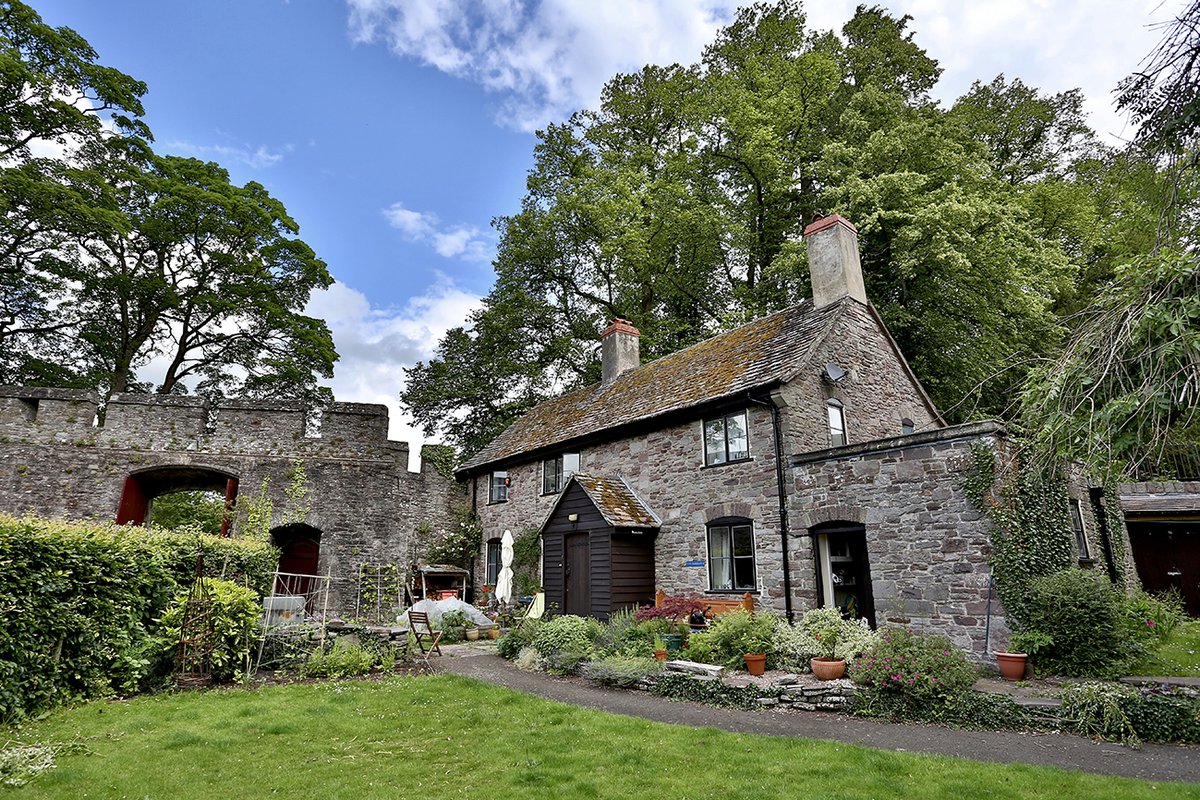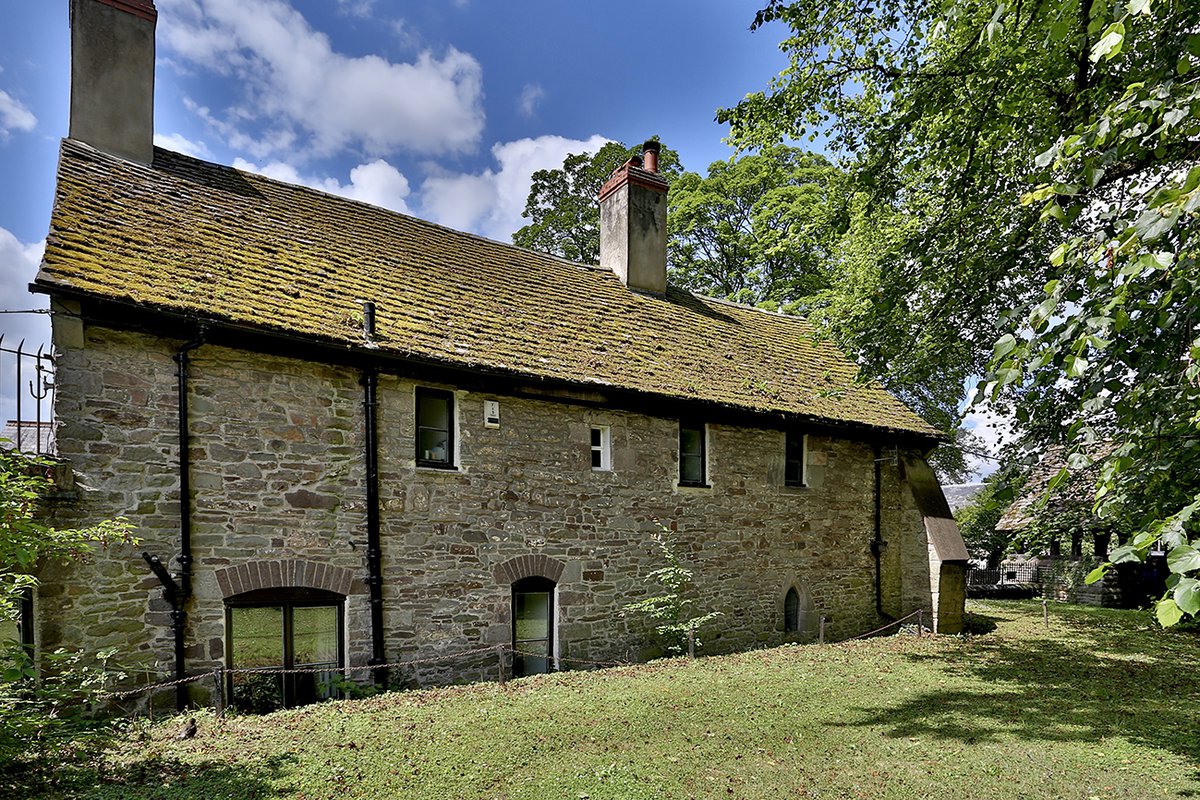The Almonry

In a Benedictine monastery like Brecon Priory, the almoner was the monk responsible for giving out alms or charity to the poor. This was an essential activity set out in the Rule of St Benedict that the monks lived by. The almoner would often operate from a building outside the monastery so that people could come for alms. An almoner also often took on other work relating to the finances and accounts of the priory, such as collecting rents. In later medieval times some monks were often criticised for their increasing wealth and sometimes luxurious lifestyles, and the perception that they were neglecting their duty to the poor. The wealth of some monastic sites was a key reason why Henry VIII wanted to abolish the monasteries in the 16th century, though this is not the case for Brecon.
Some of the Almonry is medieval in date and if you walk through the large gate into the churchyard and around the back of the building you will see a small pointed medieval window. When the Priory became a parish church in 1538 the building was sold and may have been used as a farm building or cottage. It seems to have been mostly re-built during the 18th century and extended towards the Cathedral in the 19th century, when part of a fireplace from the Deanery was moved there. After the Priory became a Cathedral in 1923, the building was brought back into the ownership of the church, renovated and re-named the Almonry due to its location near the gate and outer wall of the complex.
The Almonry is now used as accommodation for clergy working at the Cathedral, but during the 19th century it was known as Priory Cottage and lived in by a number of families. In the 1840s it was lived in by James Cook, a carpenter, his wife Jane and their six children. From around 1870 to the early 20th century it was occupied by the Williams family. Lewis Williams, born in 1854, became the land agent to the Camden family, large landowners in Breconshire and London who also owned the Priory complex, including the Priory House, until 1915 when it was sold to the local Maybery family.

There are 14 different stories on the trail. You can explore them in any order. Just point your phone camera at the QR code when you spot the Cathedral logo. You can download the trail map here.